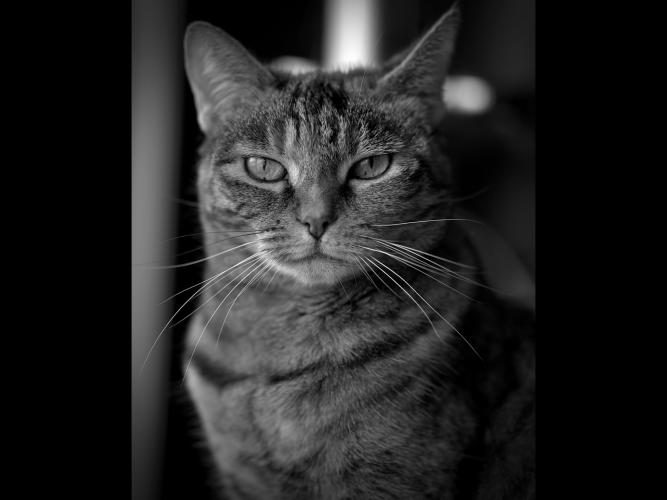I _really_ appreciate what you are saying, but perhaps you are mistaking me slightly. I am not trying to sell the Canon kit at all. I am not trying to present publishable, well-composed, well-lit photos either. In the South of England, wildlife is sparse, birds are always frightened, there are few good hides with appropriate facilities for large lenses especially. I use my kit to capture what I can, when I can, in whatever the eye orientation might be, outside of artificially built hides, because quite simply, I use my camera as a detailed observation tool of the birds behaviour. If the picture is great, it is a welcome bonus, of course.
The point of the experiment was: I am here right now and the bird is there: take the photo right now or the bird starts swimming out to sea or flies away. The bird in the last picture is a great crested grebe, it is not a duck. The camera had the setting ON to meter off the animal subject in focus, it is in Evaluative metering but with subject in focus used. The eye of the grebe was fully steadily in focus with a small rectangle and this was the result--I am simply showing what the camera was capable of _given this specific orientation, lighting, subject etc_.




